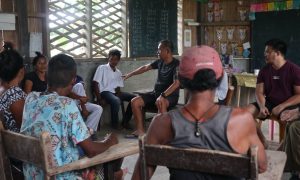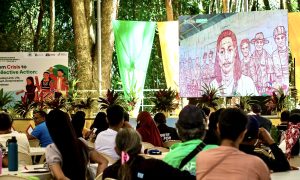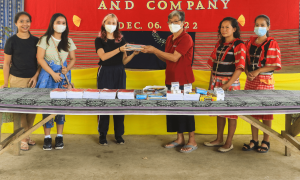
Unfortunately, they are openly oppressed and neglected by the government and the agencies meant to protect their rights. For decades, they have been forced to live along the highway, making their daily lives perilous. Tragically, some children have been run over by passing cars. All of this is because they are being pushed out of their ancestral land. Despite having vast hectares of land, they are crammed into a dangerous strip beside the national road.
Their struggles are a reflection of the broader challenges faced by Indigenous peoples. With their ancestral domains being destroyed by those driven by personal profit, these corporations, big and small, show no regard for the welfare of the people or the environment. They do not seek to protect the earth; they only seek to extract resources, regardless of the cost—even if that cost includes the lives of environmental defenders. According to the community, these corporations, despite illegally occupying the land, maintain their own paramilitary forces, known as “blue goons.” This makes it even harder for the community to live on their land, despite having both historical and legal rights to it. These armed men, who follow orders from their leaders without any legitimate claim, are also the reason why the National Commission on Indigenous Peoples (NCIP) hesitates to help the community reclaim their land. As NCIP officials have said, they do not have an army to oppose the blue goons.
Despite these challenges, the Lumad community remains resolute in their struggle for land rights. They are determined to repossess their land, no matter how many threats they face. They continue to call for support from the government, particularly the Philippine National Police (PNP), Armed Forces of the Philippines (AFP), NCIP, and other support groups, to stand with them in their fight for land and self-determination.
As our visit came to an end, we exchanged goodbyes and took a group photo to remember the day. Before leaving, we took a moment to appreciate these remarkable people—their unwavering optimism, their refusal to give up, and their hope for a better future for the next generation. In their struggle, we find inspiration. Padayon ta!



